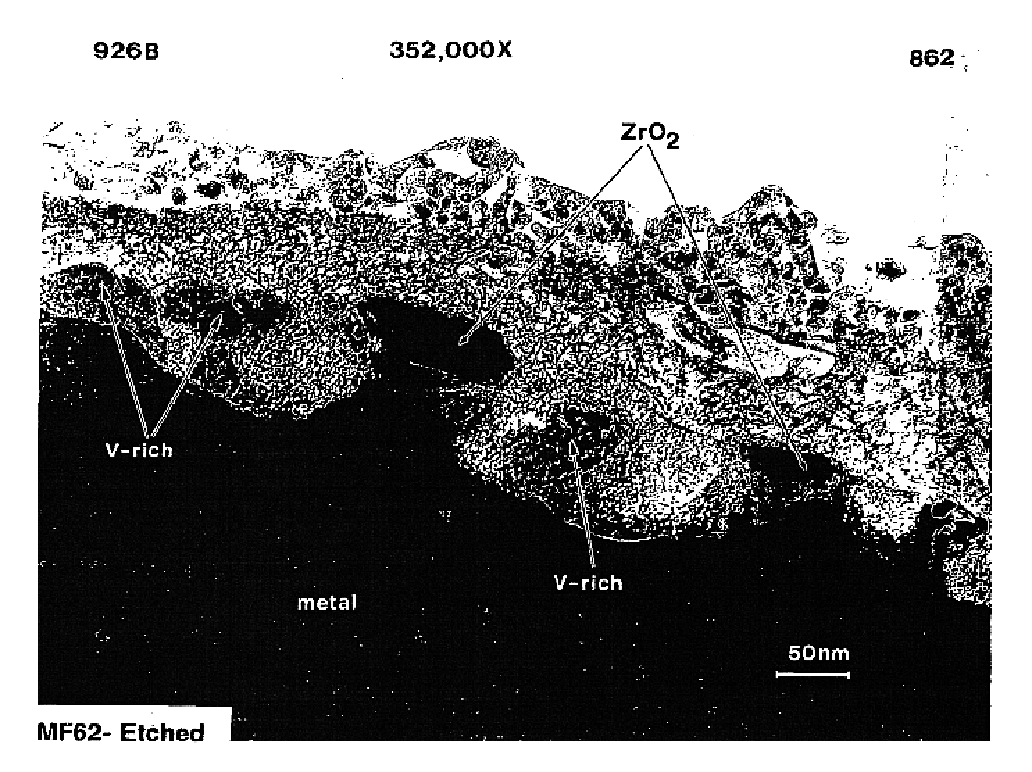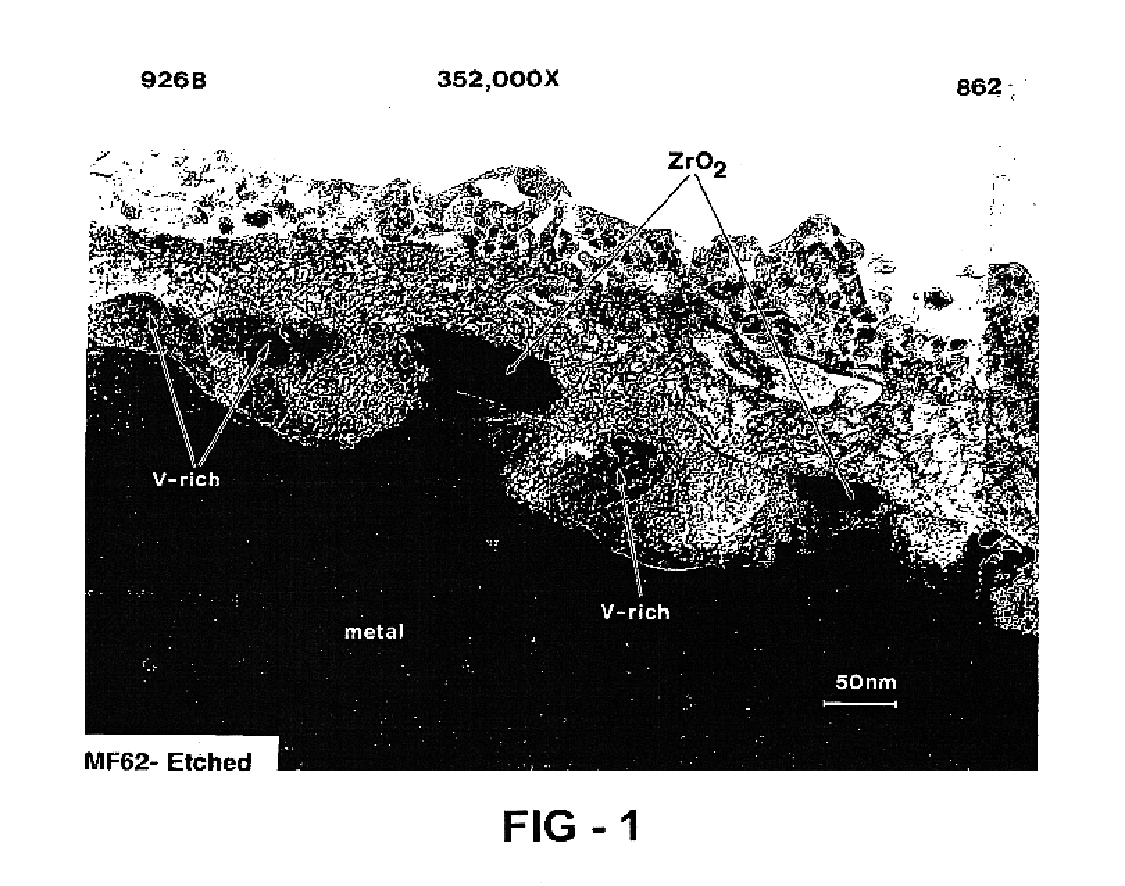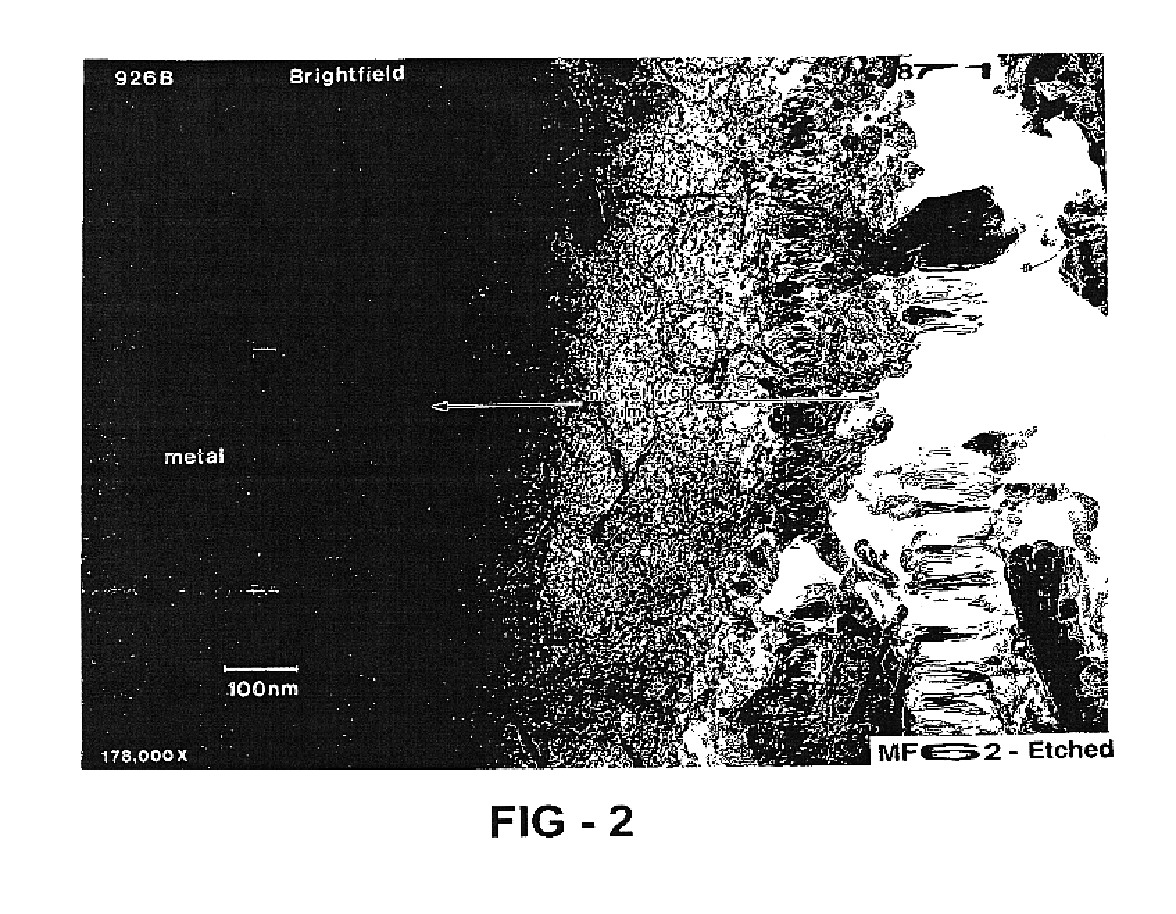Finely divided metal catalyst and method for making same
a metal catalyst and finely divided technology, applied in the direction of catalyst activation/preparation, metal/metal-oxide/metal-hydroxide catalyst, final product manufacturing, etc., can solve the problems of high cost, relatively high cost, fuel cell use has not been widely utilized, etc., to facilitate hydrogen consumption, high catalytic material, and high cost
- Summary
- Abstract
- Description
- Claims
- Application Information
AI Technical Summary
Benefits of technology
Problems solved by technology
Method used
Image
Examples
example 1
In this example, a nickel metal hydride (NiMH) rechargeable battery is chosen as the test bed to demonstrate the capability of hydrogen gas absorption of the current invention in a hostile gas environment. Raw materials with purity higher than 99% were mixed and loaded in a vacuum induction furnace, melted, and poured into a steel mold. The ingot was pulverized into a 200-mesh powder and compacted onto a metal substrate to form an electrode belt. The electrode was used as the negative electrode in conjunction with nickel hydroxide positive electrodes, separators, and a 30% KOH electrolyte to fabricate typical sealed NiMH rechargeable batteries.
The hydrogen storage alloy was activated under a heat treatment of 60° C. for five days. The surface of the activated alloy comprises a metal particulate embedded in a porous metal oxide. The oxide prevents further oxidation of the alloy and the porosity in the oxide make it possible for both gas and electrolyte to penetrate. The metal particu...
example 2
An identical NiMH battery as used in Example 1 was charged and discharged 500 times. The heavily cycled battery was then charged under C / 10 rate for 20 hours. The cell voltage and pressure were monitored during the entire charge process (FIG. 9). As shown in FIG. 9, the cell pressure increased from 0 PSI to 150 PSI. A small sample of gas was withdrawn from the cell and the gas content determined by gas chromatography (GC) was 96.3% H2, 0.4% O2, and 3.3% N2. After the cell was charged to 200% of its rated capacity, it was left idle in the open-circuit configuration for five hours. The cell voltage and pressure were monitored during this open circuit period (FIG. 10). The cell pressure decreased from 150 PSI to less than 80 PSI in about five hours demonstrating that, even after 315 cycles, the alloy surface was still able to act as a catalyst effective to decompose hydrogen gas into atomic hydrogen which could then be absorbed into the bulk of the hydrogen storage alloy material.
PUM
| Property | Measurement | Unit |
|---|---|---|
| particle size | aaaaa | aaaaa |
| particle size | aaaaa | aaaaa |
| particle size | aaaaa | aaaaa |
Abstract
Description
Claims
Application Information
 Login to View More
Login to View More - R&D
- Intellectual Property
- Life Sciences
- Materials
- Tech Scout
- Unparalleled Data Quality
- Higher Quality Content
- 60% Fewer Hallucinations
Browse by: Latest US Patents, China's latest patents, Technical Efficacy Thesaurus, Application Domain, Technology Topic, Popular Technical Reports.
© 2025 PatSnap. All rights reserved.Legal|Privacy policy|Modern Slavery Act Transparency Statement|Sitemap|About US| Contact US: help@patsnap.com



